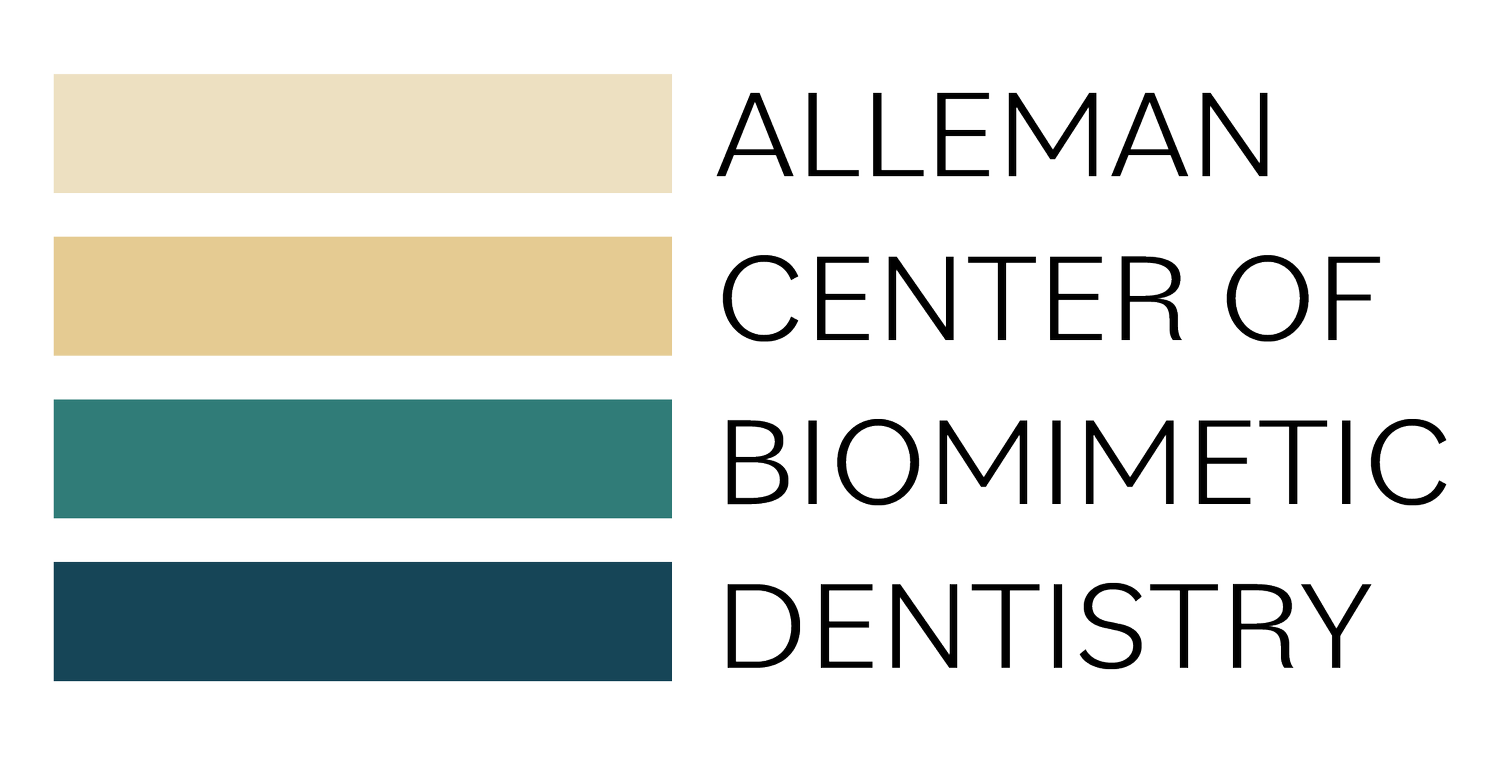Five Things Every Dental School Should Be Teaching
Dental students spend their time in dental school honing their hand skills, studying the pathologies they will eventually treat and so much more. Having trained doctors for the past 20 years, Dr. David Alleman has seen where dental schools provide students with crucial knowledge but also the critical information many leave out. At the Alleman Center, our view is not that dental schools need to teach more information, but that they should modernize the protocols and concepts they teach based on current research. By understanding the last four decades of dental research and innovations, students can graduate from dental school with a better understanding of how to make predictable, long-lasting restorations.
Isolation and use of a rubber dam
A contaminated surface is an unbondable surface. Using a rubber dam and teflon to isolate teeth can immediately improve bond strengths for students’ dental restorations, helping them feel more confident in the longevity of their work. Having the opportunity to practice dam placement and isolation under the guidance of dental school teachers will empower young practitioners, who otherwise would have to develop these skills on their own while already practicing in the community. For students and practitioners of all stages, using a rubber dam is essential to a successful restoration, so the time you spend practicing with this tool now will save you and your patients time, money and discomfort down the road.
How to work under high magnification
You can’t treat what you can’t see. Trying to treat patients with low magnification does not set up a new student for success. Learning to use high magnification alongside other treatment techniques ensures that when a dentist graduates, they are able to fully and predictably treat pathologies. High magnification should not just be left to more “advanced dentists” or endodontists. Leaving the technical advancements to a “more skilled” practitioner will not make our next generation of dentists better dentists. Why leave a treatment protocol to chance when you can make it objective, scientific and reproducible?
At the Alleman Center, we recommend using at least 6.5x magnification or, even better, working with a microscope. High magnification gives a doctor the clearest picture of the pathology, ensuring all caries and cracks are removed in the peripheral seal zone to maximize a restoration’s bond strength and improve outcomes. Just like working with a rubber dam, this takes time and practice, so why waste students time having them practice with 2x magnification, when they could practice from the start in a way that will benefit their outcomes over the course of their entire career?
Caries detector dye as a technique, not just a learning tool
Dental schools use caries detector dye to help students learn to remove decayed tooth structure, but once a tactile approach is developed, they are encouraged to stop using the dye as if it were training wheels on a bike. From the start, dental schools should teach students how caries detector dye, when paired with measuring to account for pulpal anatomy and the peripheral seal zone concept, can create predictable caries removal endpoints that maximize bond strength, reduce pulp exposures and remove treatable caries.
C-factor and how it is key to a long-lasting restoration
C-factor’s definition, “the ratio of bonded to unbonded surfaces,” is not enough to teach a student how it impacts their restorative outcomes. Dental schools need to take this concept one step further and teach students how to overcome the c-factor stresses with techniques, materials and preparations. Otherwise, their restorations will be subject to debonding, leaving gaps under the restoration and pain and sensitivity for their patients.
Materials matter, techniques matter and there is “no simple way”
Bart Van Meerbeek’s quote explains this perfectly: “An adhesive restoration… has many advantages over conventional non-adhesive restorative techniques except that it cannot yet be realized in a simple way” (Adhesives and Cements to Promote Preservation Dentistry, 2001). Bulk-fill composites do not stay bonded. Adhesives described as simple do not support a tooth’s structure and can expose it to cracks and decay. Dental students should be taught how to recognize gold standard bonding systems and understand the techniques required to use them in a way that minimizes stresses to the tooth so that the reliance on invasive retention form preparations becomes a thing of the past. Without this knowledge, their restorations will last an average of 2-4 years, fail to treat symptoms and continue the cycle of retreatment that practitioners around the world currently face.
Students learn so much in dental school, so why spend that time learning out-dated techniques that diminish the quality of their work? We need to support our future generations of practitioners so they don’t experience the burnout associated with failing restorations, even after doing everything their dental school taught them, or realize, after years of practicing, that the techniques taught to them have been doing more long-term harm than good. Dental schools interested in incorporating more advanced adhesive and biomimetic concepts into their curriculum can contact us at info@allemancenter.com.
